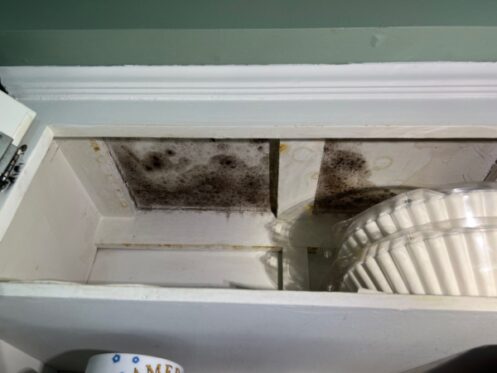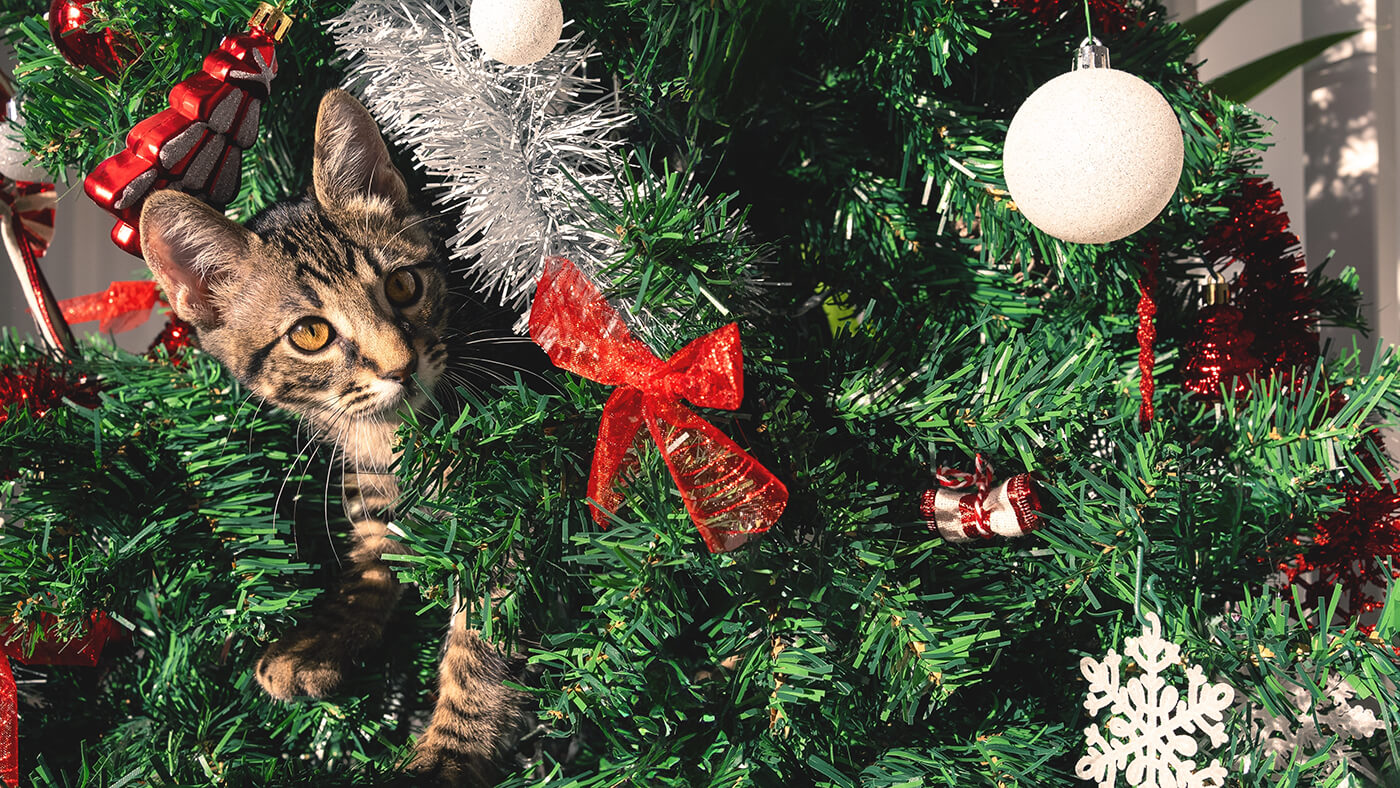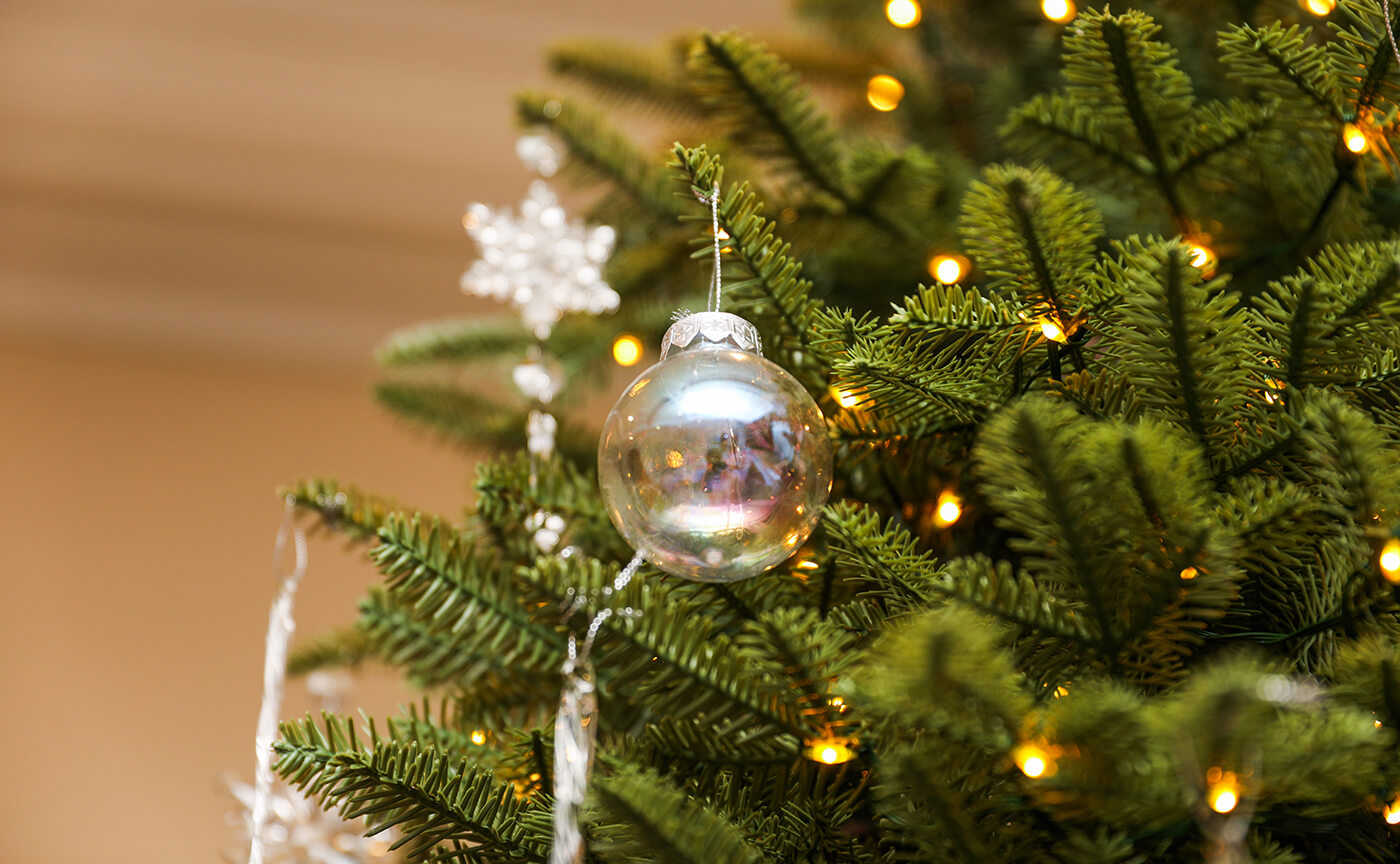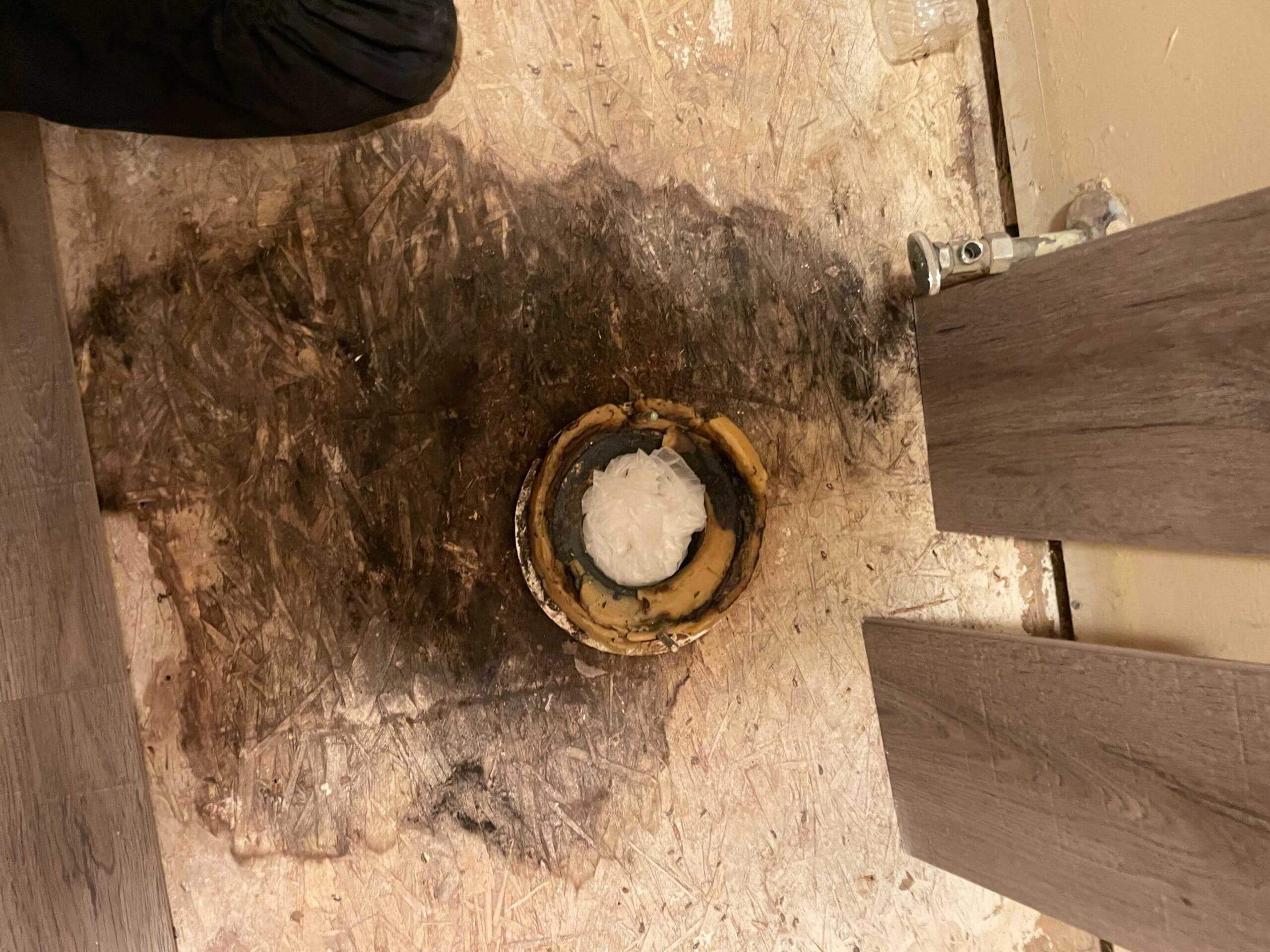Mold is one of the most challenging biological contaminants to tackle. It requires extensive cleaning and removal from surfaces and can exist in materials that are difficult to eliminate, such as wood and drywall. Inhaling mold spores causes respiratory issues like coughing, sore throats, difficulty breathing, and asthma. Mold can also produce hazardous toxins for humans and animals over time. This article will discuss the dangerous black mold, how to identify it, its causes, and how to prevent it.
What Is Black Mold?
Black mold often grows in moist and humid environments. It is a greenish-black colored mold that causes serious health problems. Black mold spores produce mycotoxins. These toxic chemicals cause headaches, skin irritation, coughing, sneezing, and difficulty breathing. Long-term mold exposure can also lead to neurological and respiratory problems.
Signs of Black Mold
The only way to reduce the risk of breathing in black mold spores is by identifying and eradicating them from your house. You could be facing a black mold problem if you notice the following:
Growth Spots of Different Colors
Black mold is found on walls and ceilings and appears as black or dark green spots with a fuzzy texture on the surface. These spots vary from small to large patches covering entire walls or floors. Some black mold appears with shades of orange and flecks of white. If the mold growth is extensive, it appears as a black stain stretching along the floor, ceiling, or wall.
Musty Smell
Another tell-tale sign of black mold is the musty smell that often accompanies it. Black mold releases mycotoxins as it grows and spreads, causing this odor. While some people may not notice the smell, others may find it strong and unpleasant.
If you catch a whiff of a musty, moldy smell in an area, take immediate action. This unpleasant smell could indicate water damage, a leaking pipe, or plumbing issues. Water damage causes mold growth and structural damage.
Water Damage Spots
Black mold grows in damp environments. Water damage spots are common places to find mold. Contact a professional to determine the source of water leaks and repair them.
Common Areas to Find Black Mold
Common sources of moisture include leaky roofs or plumbing fixtures, floods, condensation, and poor ventilation.
Basement
Black mold is common in basements due to high humidity and moisture levels. Check crawl spaces within the basement and the walls.
Windows
Moisture often accumulates around windows due to condensation caused by the temperature difference between the outside and inside of the house. To prevent this, ensure that windows are properly insulated and sealed, and then ventilate the home. Moisture can spread to the walls and ceiling as well.
Bathroom
Black mold is often found near plumbing fixtures, especially in the bathroom. Pipes and drains provide an optimal environment for mold growth.
Treating Black Mold
The first step is to contact a qualified and licensed mold remover. Experts have the skills to identify and safely remove the mold and stop its growth. Technicians will identify the source of the moisture, starting with areas of high humidity or water damage.
They will also inspect walls and carpets for signs of water damage and check for broken pipes or leaking faucets. If you are in the house during the exercise, wear protective gear to avoid inhaling the black mold spores.
Although you can identify black mold based on where it is growing and its appearance, experts must collect samples for testing to ascertain and apply the most accurate remedy. It is worth noting that technicians do not collect mold during heavy rains or when there is a risk of flooding.
Testing for Black Mold
There are two main methods of black mold testing: air sampling and surface sampling. A professional technician uses an air sampler to collect airborne particles. Surface sampling involves taking samples from surfaces and materials that may have been exposed to mold spores. They test the collected samples in a laboratory to identify the type of mold present.
If professionals find black mold infiltration in your home, they may suggest cleanup and remediation strategies, such as removing contaminated materials or using specialized cleaning products. Additionally, they may recommend replacing affected materials altogether if the contamination is extensive and poses a serious health risk.
Safely Removing Black Mold
Removing black mold is tricky and dangerous because it releases harmful toxins into the air. If the mold is extensive or located in an inaccessible part of the building, enlist a trained professional’s help. It may require special access to hard-to-reach areas through techniques like demolition. Plumbers may have to identify and address water leaks to prevent future mold growth.
Technicians follow safety protocols, including wearing protective clothing and ventilating the area. They will start the removal process by spraying the mold with a mixture of bleach and water. They will allow the bleach solution to sit on the surface for several minutes before scrubbing it with a brush or cloth.
Experts bring along specialized equipment such as HEPA vacuums and air scrubbers, which they use to remove the remaining spores. They will dispose of the bag or contents in a safe place.
To avoid leaving any mold traces behind, mold removers use a detergent solution followed by an anti-fungal agent to clean the area. They allow the area to dry before repainting or replacing any porous materials. Mold removers treat the affected area with an anti-fungal agent and perform structural repairs if needed.
How to Prevent the Growth of Black Mold
Here are four steps you can take to prevent black mold from growing in your home.
1. Repair Leaks and Water Damages
Call a professional to address leaks and water damage as soon as they occur. They can cause serious structural problems that can be costly and create the perfect breeding ground for black mold.
2. Control Humidity Levels
Monitor and control humidity levels in your home or workplace. The ideal range for indoor humidity is between 30-50%. Levels outside of this range create a breeding ground for mold spores. Black mold damages your property and decreases its value. Use dehumidifiers to protect your health and property.
3. Keep Fabrics and Surfaces Dry
Maintaining a dry environment prevents the growth of black mold on fabrics and surfaces. Mold causes unsightly stains and damages fabric.
4. Improve Ventilation
When moist air remains trapped inside without proper ventilation, it creates the perfect conditions for the growth of black mold. Providing adequate ventilation to the affected areas reduces the chance of mold infestation. Do this by installing exhaust fans that circulate air outward to the outside environment or using dehumidifiers that extract excess moisture from the air.
Pur360 serves multiple states, including Texas, Illinois, Florida, Georgia, and Wisconsin. We can provide you with the most up-to-date methods of mold removal and prevention. We also offer odor removal, carpet removal, and dehumidifier rentals. Our technicians provide assistance after hurricane strikes as well. Contact [company name] today for more information on how to rid your home of black mold.



